
THE OBELISK AND SOUTHERN COLONNADE.—A fitting termination made to the view south on the South Canal was formed by the Southern Colonnade with the Obelisk in front. The Obelisk was history repeated in stone, or at least in its imitation, for it was a reproduction of the famous Cleopatra’s needle, the original of which, thousands of years old, was presented by the Khedive of Egypt to the United States and is now a prominent object in Central Park, in New York City. The Obelisk stood on a finely carved pedestal reached by a circle of steps descending to the water and was guarded by four great Nubian lions. Upon the pedestal, at each corner of the shaft, stood an eagle upon a globe, the four globes connected by garlands. On the monolith’s north front was the inscription: “Four hundred years after the discovery of this continent by Christopher Columbus, the nations of the world unite on this spot to compare in friendly emulation their achievements in art, science, manufactures and agriculture.” The colonnade, in effect, connected Machinery Hall with the Agriculture Building, inclosing from outer view the entire inlet of the South Canal from the Court of Honor and completing the picturesque view from the north. It was, architecturally, very nearly a continuation of the first story and loggia of Machinery Hall, than which it would be difficult to say more for its appearance. The grand arch in the center was imposing and graceful and the groups of horses and cattle above were admirably designed. The colonnade became a very popular place of resort before the Fair ended.

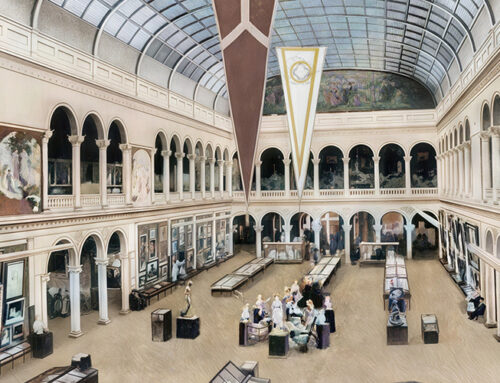
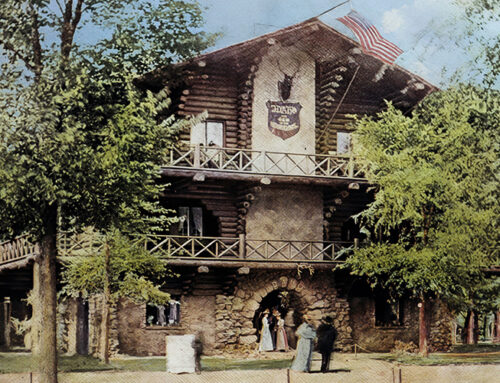
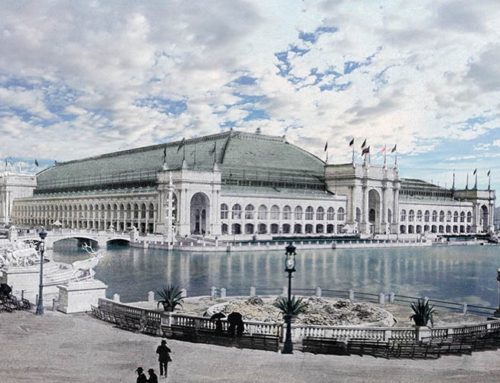
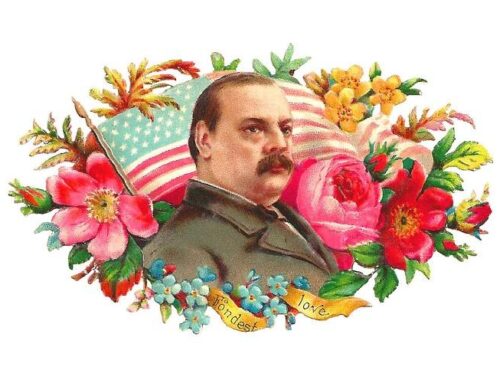
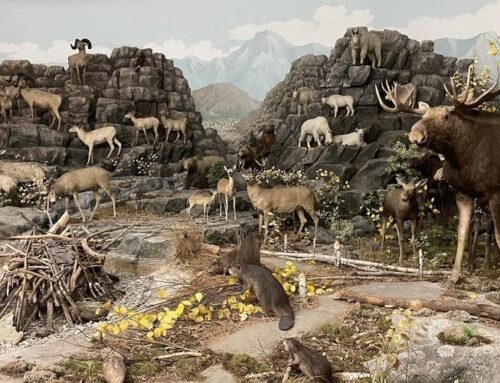
Leave A Comment